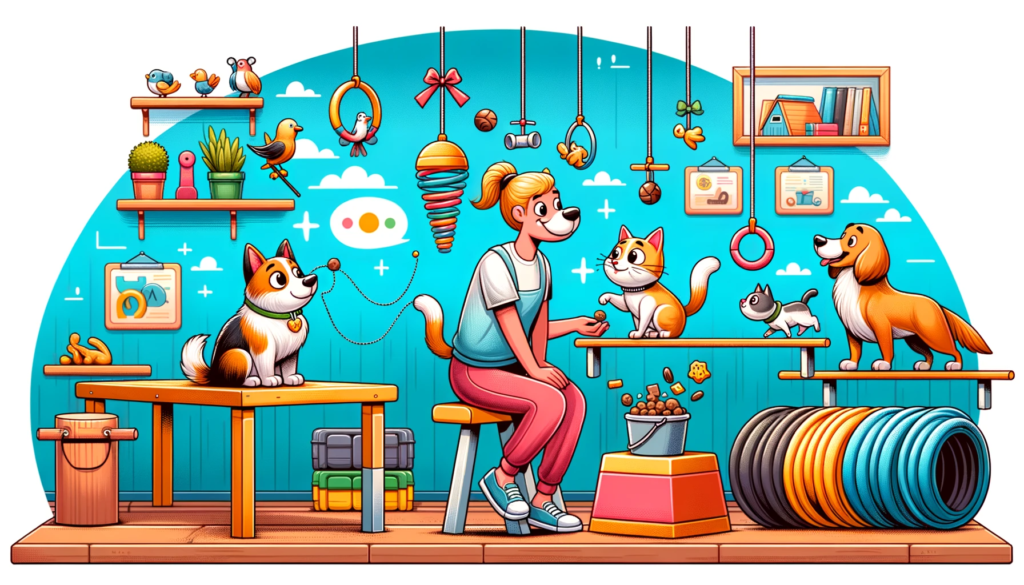
Introduction: Embracing the Journey of Pet Training
Training your pet is more than a responsibility; it’s an opportunity to bond and understand your furry companion better. Whether you’re a first-time pet owner or looking to refine your pet’s skills, this guide offers comprehensive insights into effective pet training methods, focusing on positive reinforcement and obedience.
Understanding Pet Behavior: The Foundation of Effective Training
The Psychology Behind Pet Training
Training is deeply rooted in understanding animal psychology. Positive reinforcement, a method that rewards desired behaviors, is often more effective and humane than punishment. Consistency is key. Regular training sessions help your pet understand what is expected of them.
Positive Reinforcement: Utilize treats, praise, and playtime to encourage your pet to repeat desired behaviors.
Essential Tools for Successful Training
Selecting the right training equipment is crucial. A comfortable collar, a suitable leash, and engaging training treats can make a significant difference.
Leash and Collar: Choose according to your pet’s size and behavior. Comfort and control are paramount.
Training Treats: Opt for high-quality, appealing treats to maintain your pet’s interest and motivation.
Advanced Training Techniques: Building Obedience and Addressing Challenges
Mastering Obedience Training
Obedience training is vital for a well-behaved pet. Start with basic commands such as ‘sit’, ‘stay’, ‘come’, and ‘heel’. Gradually progress to more complex commands as your pet masters the basics.
Step-by-Step Commands: Use clear, consistent commands. Reward your pet immediately after they follow the command correctly.
Addressing Behavioral Challenges
Tackling behavioral issues like excessive barking, chewing, or aggression early on is crucial. Understanding the cause is the first step in modifying unwanted behaviors.
Behavioral Modification: Implement strategies tailored to each specific issue. Consistency and patience are key.
Professional Help: If behavioral issues persist, consult a professional trainer or behaviorist.
Conclusion: Nurturing a Well-Trained and Happy Companion
Training your pet is a rewarding experience that enhances your relationship. Patience, consistency, and the right training techniques pave the way for a well-behaved, content companion.
Remember, this guide is a starting point. Depending on the depth of content and specific insights you wish to include, you can expand or refine these sections. Keep the content informative, engaging, and friendly to cater to your audience’s needs.
